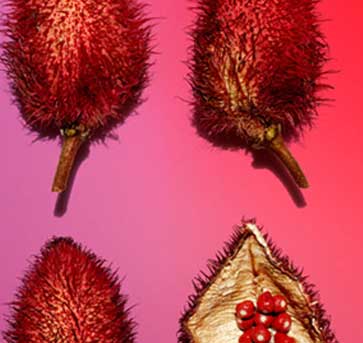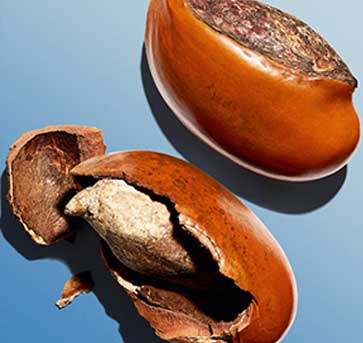What is hyperpigmentation and how should I care for it?
Hyperpigmentation is a common skin problem that can affect people of all skin types. It occurs when the skin over-produces the pigment that gives it its colour, called melanin.
An increase in melanin can cause patches of skin to appear darker than surrounding areas, resulting in an uneven skin tone and ‘dark spots’ appearing on the skin’s surface. But what causes hyperpigmentation? And what can be done to reduce its appearance?
What causes hyperpigmentation?
Firstly, there are three main forms of hyperpigmentation: melasma, post-inflammatory hyperpigmentation (PIH) and sun damage. Each of these is caused in a different way, so we’ll cover them in a little more detail below.
Melasma
Melasma refers to the dark patches on skin that can appear as a result of hormonal changes. This type of hyperpigmentation is most commonly seen in pregnant women, when the intense hormonal changes associated with carrying and growing a baby can have a darkening effect on the skin. As well as pregnancy, hormone treatment and birth control pills are other potential triggers for melasma.
Post inflammatory hyperpigmentation can appear on the skin anywhere trauma has occurred, but is most commonly found on the face as a result of acne.
Post-inflammatory hyperpigmentation
Areas of the skin can also darken following trauma or inflammation, known as post-inflammatory hyperpigmentation (PIH). People with acne or eczema, for example, are most likely to experience darker patches on their skin as a result of the trauma associated with these conditions. Likewise, PIH can occur post-injury, where the skin is left darkened or discoloured after wounds have healed.
Melasma usually appears on areas of the skin that are often exposed to sunlight, such as the face, forearms, neck and shoulders.
Sun damage
When exposed to sunlight, the body produces more melanin to protect itself from the sun’s UV rays. This overproduction of melanin following sun exposure often results in darker patches – commonly known as age spots or sunspots – forming on the skin.
Age spots typically start to appear around the age of 40, but this largely depends on the amount of sun the skin has been exposed to over time. Again, age spots usually appear on areas of the skin that are often in sunlight, such as the face, arms, shoulders and neck area.
How to treat hyperpigmentation
At Clarins, we believe in growing old gracefully, which means loving the skin you’re in and nourishing it with the right products at the right time.
So, if you’re looking for a cream for dark spots on your face caused by acne, or a sun spot removal cream to reduce the effects of a few too many summers spent sunbathing, you’ve come to the right place. Clarins’ has a collection of hyperpigmentation creams specifically formulated to reduce the appearance of dark spots, even out your skin tone and intensely hydrate even the driest of skin.
Skin pigmentation creams and serums
An age spot cream, dark spot cream and sunspot cream all-in-one, our hyperpigmentation saviour, Mission Perfect Serum, corrects multiple pigment disorders without altering the skin's natural tone. Using the innovative, anti-dark spot power of Acerola extract teamed with Hexylresorcinol – a leading anti-dark spot molecule – skin is left even-looking, radiant and intensely nourished.
Apply Mission Perfect Serum to a cleansed face and neck with light, pressing motions. Work from the centre of the face outwards to reveal a nourished, radiant complexion.
Alternatively, Clarins’ collection of post-menopausal skincare, Nutri Lumière, uses Desert Date extract to preserve the skins’ evenness, with Shea Butter extract to provide intense comfort and nourishment.
Comprised of four revitalising products that double up as effective age-spot removal creams – including a day cream, night cream, day emulsion and treatment essence – the Nutri Lumière range helps to restore youth and radiance to fragile, dull skin.
A powerful blend of plant and fruit extracts scientifically proven to reduce the appearance of age spots – such as Desert Date and Hexylresorcinol – the Nutri Lumiere Day and Night creams soothe and reinvigorate tired-looking skin, while promoting an even complexion. Organic Oat polyoses offer an immediate, radiant lifting effect while Organic Wakame extract strengthens fragile skin and restores density. The ultimate skin saviour for nutrient-depleted skin in your 60s and beyond.
For more advice on looking after your skin in your 60s, read the Clarins’ guide to growing old gracefully.








